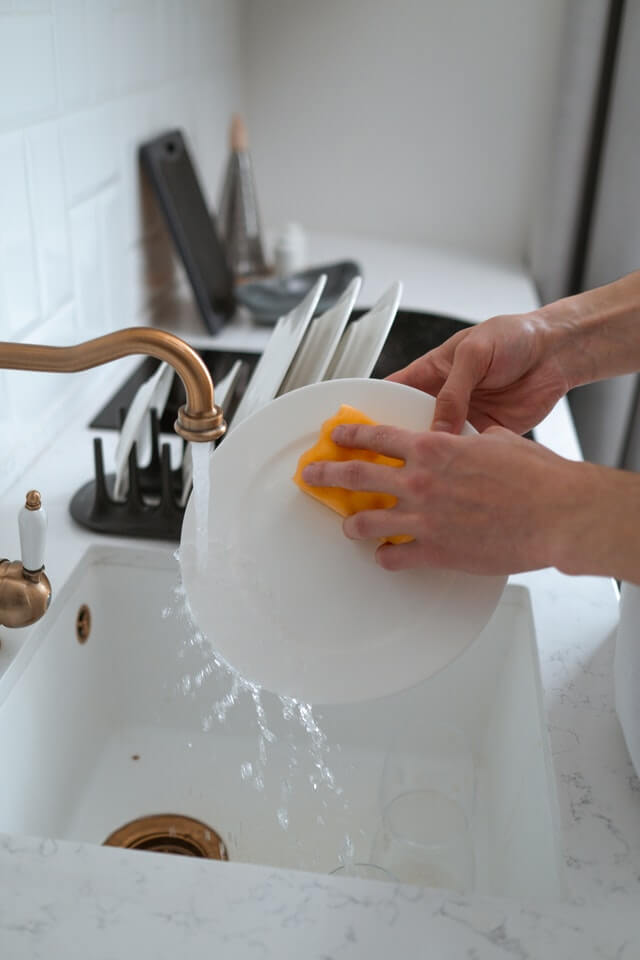
City-wide water treatment is necessary for providing safe drinking water to our communities. Utility companies and local authorities monitor and test our water supply with various filtration techniques to ensure what we drink is purified of toxins before it reaches the tap.
Why is the Water Treatment Process Important?
Surface water and groundwater are free and open to the public, making it more likely they’ll become contaminated and polluted. 68% of Americans rely on surface water from lakes, streams, and rivers as their primary water source, which is often repopulated with rainwater.
Rainwater from farms can seep pesticides, nitrates, and animal excrement into waterways and groundwater sources, like aquifers or underground lakes. Utility companies will take from groundwater sources to serve the community if there isn’t enough surface water supply.
Heavy metals, like arsenic, are widely found in groundwater. Unless all water sources are filtered and treated, the community may become sick from 90 separate contaminants.
That’s why It’s important to staff trained employees who can assess the local water supply. The Legionella Risk Assessment Course in Glasgow can ensure that your installers learn all that there is to know about working on water supply systems within residential properties.
What Happens During the Treatment Process?
The US water supply goes through a rigorous treatment process to remove contaminants and compounds that could affect our health. To make water clean enough to drink, your city will:
-Coagulate and Flocculate: In the first process, chemicals are placed in the water that binds the waterborne compounds. This creates a mass (“floc”) that’s easy to detect.
-Sedimentation: The floc will become dense and sink to the bottom of the water. The treatment facility will wait until the sediment becomes a removable layer.
-Filtrate: The treatment facility will filter any compound that wasn’t turned into floc through charcoal, gravel, and sand to remove bacteria, parasites, and other chemicals.
-Disinfect: The last stage of the filtration process includes chlorine disinfection. This ensures the water supply stays clean enough to drink after filtration.
Chlorine is successful at removing most of the pathogens that could begin to grow again. Cities make sure to keep the chlorine level low, so it doesn’t create adverse health complications. It’s a good idea to use water filters in your home as an extra precaution against chlorine.
What Happens During the Monitoring and Testing Process?
Although the United States has one of the safest water supplies in the world, there’s still a possibility for the filtration system to be ineffective. That’s why water facilities will monitor and test the water supply frequently to ensure they comply with the Safe Drinking Water Act.
US authorities will test the presence and levels of over 90 contaminants in public drinking water and do everything they can to disinfect the water supply before it reaches the tap.
The US authorities are specifically looking for sewage releases, naturally occurring minerals, and chemicals, land-use practices, manufacturing processes, and on-site treatment system malfunctions. Their automated systems test the water supply 24 hours a day, 7 days a week.
Are Water Treatments Typically Successful?
For the most part, US water treatments are typically successful, but they’re more regulated in densely populated cities. Mistakes may be made when a city switches its primary water source to a different location, as seen with the Flint, Michigan water crisis.
While heavy metals are visible in our drinking water, E.Coli, Salmonella, and Hepatitis aren’t. If you’re worried about contaminants in your water supply, you can install a carbon filtration system and/or a microbiological UV light filtration system to eliminate 99.9% of germs.
Alternatively, you could opt for bottled water. In the US, bottled water is regulated by the Food and Drug Administration, which has additional testing and monitoring rules.



















